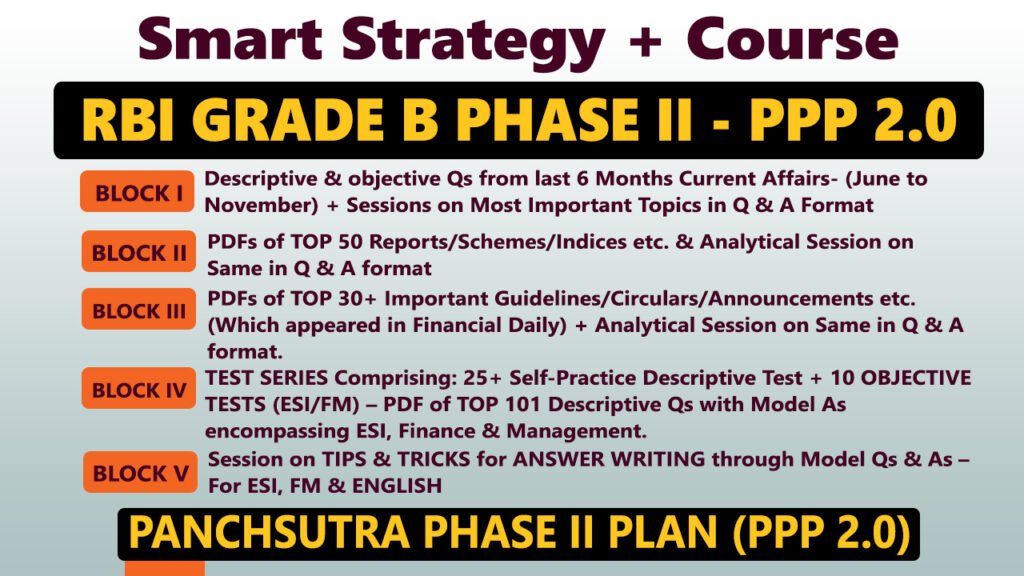Context:
The Reserve Bank of India (RBI)‘s draft guidelines on gold loans may significantly raise compliance costs for banks and non-banking financial companies (NBFCs), according to banking officials and experts. The proposed guidelines are designed to standardize the processes involved in gold loans, but they come with a notable increase in operational complexity and costs.
Key Features of the Draft Guidelines
- Standardized Documentation Across All Branches:
- Banks and NBFCs will be required to use uniform documentation for gold loan transactions across all their branches.
- This standardization will include consistent methods for assaying the purity and weighing the gold collateral.
- Collection and Calculation Procedures:
- Lenders must ensure that their collection and calculation methods are standardized to prevent deviations across different branches.
- This includes uniform procedures for determining the purity of gold and the net weight of the collateral.
- Qualified Assayers:
- Gold financiers will be required to appoint qualified assayers who must have no negative records. These assayers will be responsible for the valuation of the gold collateral at both the time of loan sanction and upon the return or auction of the collateral.
- This will lead to higher costs due to the need for professional expertise.
- Credit Appraisal Mechanism:
- In addition to the gold collateral evaluation, lenders will need to implement a credit appraisal mechanism to assess the borrower’s financial stability before issuing gold loans. This will add another layer of operational complexity, especially since gold loans are typically not based on income assessment.
- Loan-to-Value (LTV) Ratio:
- The Loan-to-Value (LTV) ratio for gold loans will remain capped at 75%, which may limit the loan amount relative to the gold pledged, potentially impacting the growth of the gold loan market.
Impact on Operational Costs
- Experts estimate that the current cost of collection, documentation, and calculation for gold loans is about 2% of the loan value. If the guidelines are implemented in their current form, these costs could rise dramatically to 45%.
- The need for standardized procedures and qualified assayers is expected to increase compliance and operational costs, which could be particularly challenging for smaller players, especially in rural areas where income assessment is more difficult.
Challenges for NBFCs and Smaller Players
- Fitch Ratings has pointed out that the draft guidelines could lead to increased operational complexity, particularly for smaller NBFCs.
- Smaller financial institutions, especially those operating in rural areas, might find it difficult to meet the compliance requirements due to the higher costs and complexities involved in implementing the new rules.
Expert Opinions
- Anil Gupta, Group Head of Financial Sector Ratings at ICRA, emphasized that the new guidelines would lead to increased operational intensity and costs. The mandatory credit appraisal mechanism will require NBFCs to hire specialized professionals, adding to the operational burden.
- The draft guidelines might also restrict the growth of gold loans due to the LTV ratio cap and additional compliance costs, especially for smaller players in the sector.
While the RBI’s draft guidelines aim to bring more transparency and standardization to the gold loan sector, they could significantly raise compliance and operational costs for banks and NBFCs. Particularly for smaller players and those operating in rural markets, the implementation of these guidelines may pose challenges in terms of cost and operational complexity.



















